A view from Paddy Adams
It’s difficult to know what to think about the state of the UK economy these days. For every International Monetary Fund prediction of the UK being the only G7 economy to shrink in 2023, there is the National Institute of Economic and Social Research predicting that we’ll probably avoid recession. For every Office for Budget Responsibility (“the worst fall in living standards since records began”) there is an Organisation for Economic Co-operation and Development (“inflation should gradually decline to 2.7% by the end of 2024”).
Even if we don’t know exactly how it will play out, we can be pretty confident that it’s going to be a rocky ride. However, there are a couple of positives.
The first is that, unlike in previous downturns, we’re seeing some encouraging signs that the link between GDP and ad spend might not be as fixed as we might normally expect. Ad spend might not drop to the same degree as GDP which, if true, is good news for us all.
The second is that there’s nothing like a downturn to focus the mind. That focus needs to be on what matters most to our clients, and for the foreseeable future that is likely to mean finding ways to drive growth in a low-growth environment.
At the risk of being a bit overly simplistic, if brands are having to work harder to generate growth, it follows that things are going to become more competitive for most brands. And that’s where we can help.
Of course, some brands will buck this trend – if you’re in a rapidly expanding category or enjoy more than 40% market share, category growth is likely still the quickest route to increasing revenue and profit. If that doesn’t apply to your brand, however, the latest research suggests that the most viable route to growth is from gaining share. And that means stealing share from your competitors.
Our job as agencies therefore needs to become single-mindedly focused on unlocking competitive advantage for our clients.
So, what does that mean in practice?
It means having a better understanding of what the competition are up to. Competitive analysis in media agencies is often a synonym for a lot of charts showing above-the-line channel splits or forensic detail about digital performance. The “analysis” bit sometimes gets missed in a sea of information. We need to develop a better way of bringing together all the data we have on our competitors – where they’re spending, what they’re saying, what people are saying about them, what their consumers are doing – and turning that into a thorough analysis of their strategic strengths and weaknesses.
For every bit of media detail, we should be asking ourselves “why?”. What are our competitors’ marketing strategies? What are their business strategies? How are they looking to grow and, importantly, is it at our expense? Where can we exploit asymmetries in the market – those opportunities that come from a brand’s relative strength versus the competition’s weakness? How can we find new audiences, new behaviours or new spaces to put to use?
We also need to properly interrogate the relationship between share of voice and share of market for our brands. That means finding ways to better understand the levels of digital media spend not being picked up by reporting tools, but it also means being clear about the market we’re operating in. In many cases, we should look at what the consumer might alternatively spend their money on rather than thinking in terms of rigidly defined markets or sectors.
We should be mindful of how we create and amplify isolating mechanisms. These are the things that ensure a brand’s competitive advantage can’t be easily copied – typically IP or patents, but also including a strong brand, a well-established ad campaign or a set of distinctive media behaviours. Media creativity can play an important part here – a brand that uses disruptive, innovative ways of reaching consumers is much harder to copy than a brand that just uses media as a means to drive reach.
Finally, we need to find ways to actively target our competitors’ customers and prospects. Some clients are understandably wary of explicitly calling out the competition for fear of getting involved in an unedifying spiral of tit-for-tat reactions, but it is often possible to be aggressively competitive through media choices without getting drawn into a public slagging match.
Tough times call for a change in our approach to media planning. We need to shift our mindset towards continually thinking about how to unlock competitive advantage. That doesn’t mean an obsession with what the competition are doing in order to copy them; it means being focused on how to exploit weaknesses and maximise strengths, on how to make sure we’re giving our clients every possible opportunity to drive growth by growing their share of market. That way we can make sure we’re helping our clients through difficult times by making the biggest possible difference to their business, which is ultimately what we’re paid to do.
https://www.campaignlive.co.uk/article/its-time-shift-competitive-mindset/1825375


